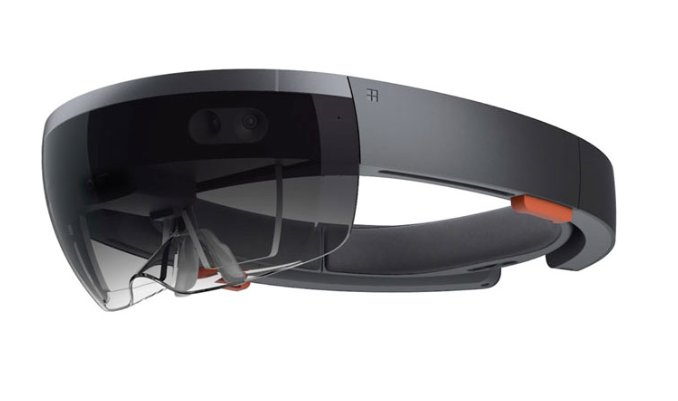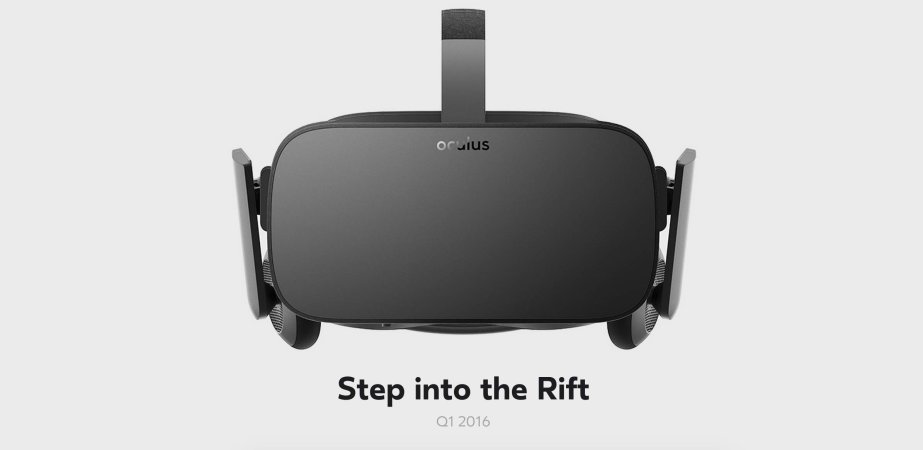

It looks like the Windows 10 experience on PC is going to be a lot more interesting going forward, as Microsoft has announced Windows Holographic, a new “mixed reality” experience.
In order to see holograms on your Windows PC when the functionality arrives next year, you’ll need the latest version of Windows 10 and a Microsoft HoloLens headset. Windows Holographic will feature multitasking and the ability to rotate 3D models as related to the HoloLens’ capabilities, as well as Bluetooth mouse support. It will also work with Intel NUC chips.
During the Intel Developer’s Forum today, Terry Myerson, Executive VP of Microsoft’s Windows and Devices group, made the announcement that users can expect an update to Windows 10 to lay the groundwork for the holographic update next year. Things are moving pretty quickly, but that’s Microsoft for you.
The Windows Holographic platform is a collaboration with Intel and will support Intel’s upcoming VR headset Project Alloy in addition to other PCs and laptops. It’s also poised to work in tandem with Microsoft’s HoloLens and Intel NUCs with embedded Iris graphics.
[via Windows Blog]







